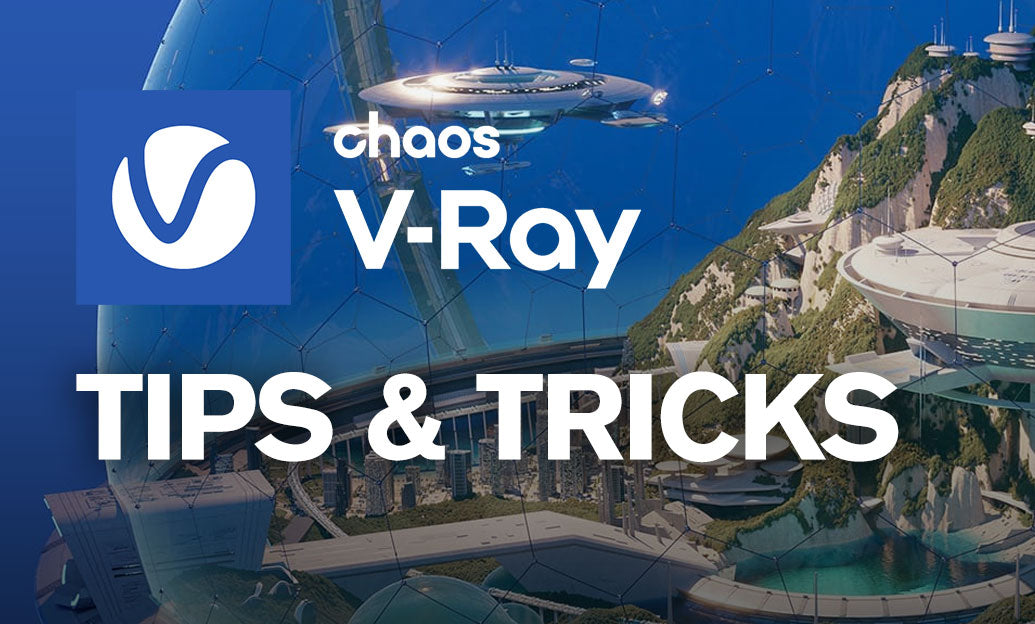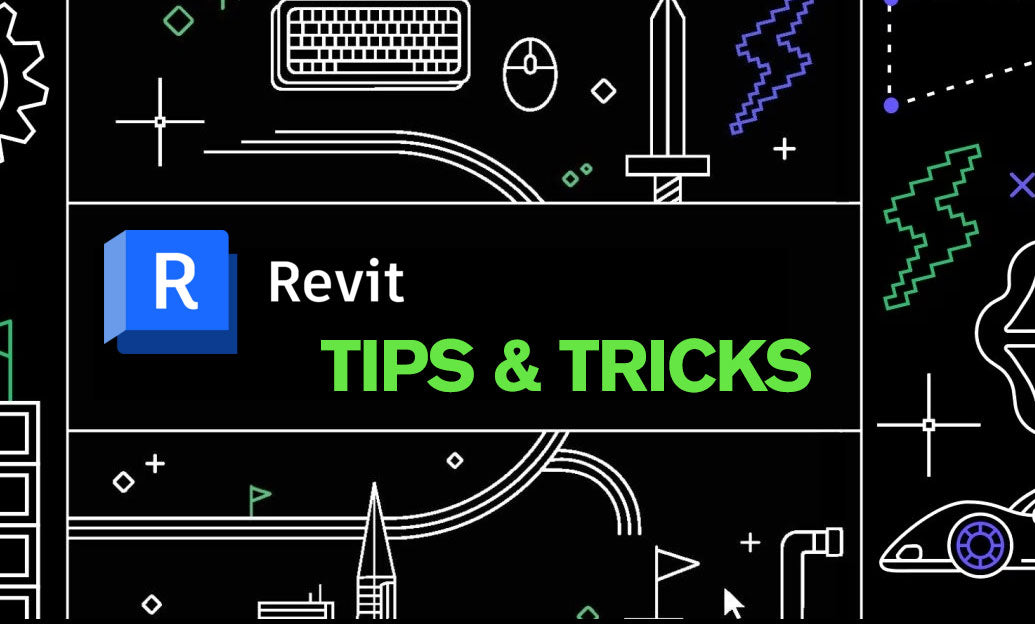Your Cart is Empty
When stability and predictability matter, switch to V-Ray’s Bucket rendering to keep memory usage consistent from first pixel to final frame.
Why Bucket Rendering
- Consistent RAM footprint: each tile processes a bounded portion of the image, limiting peak memory usage.
- Deterministic work distribution: ideal for high-core CPUs and render farms.
- Better control on heavy frames: large resolutions, UDIMs, displacement, and complex GI benefit from contained per-bucket resources.
When to Prefer Buckets
- Stills above 4K–8K or print-resolution frames.
- Scenes with large displacement/volumetrics or dense instancing/vegetation.
- Farm rendering where frame-to-frame memory variance must be minimized.
- Machines close to RAM limits or with large texture libraries (UDIMs, 16k maps).
Core Setup (CPU)
- Image sampler: set to Bucket.
- Bucket size: start at 32–64 px. Adjust:
- High core counts (24+ threads): 64–96 px to reduce scheduling overhead.
- Tight memory budgets or heavy displacement: 16–32 px to cap per-tile RAM spikes.
- Bucket order/sequence: choose a locality-friendly pattern (Hilbert/spiral/center-weighted) to keep texture/geometry caches hot.
- Noise threshold: the same target as progressive; buckets just converge by tile rather than globally.
Memory-Safe Practices That Amplify Buckets
- Use VRayBitmap with on-demand mip-mapping and texture caching. Tiled EXR/Tx files stream efficiently and reduce peak RAM.
- Right-size displacement: enable adaptive subdivision, set edge length in screen space, and avoid “keep continuity” unless needed.
- Turn on Embree where available for faster, leaner ray traversal (CPU).
- Control Dynamic Memory Limit (CPU): leave at auto in most cases; set explicitly if you must protect RAM on farm nodes.
- Prefer Light Cache (or the recommended secondary GI) for large interiors; keep subdivisions reasonable to avoid cache bloat.
Distributed and Farm Rendering
- Buckets distribute evenly across nodes, improving utilization without spiking memory globally.
- Ensure all nodes share textures via UNC paths or asset management; VRayBitmap + on-demand textures prevents redundant loads.
- Lock versions and color management (ACES/sRGB/LUT) across farm machines for identical buckets and denoiser results.
Tuning Tips
- Too many tiny buckets can raise overhead; too few large buckets can inflate per-tile RAM. Iterate to match your hardware.
- Use the V-Ray Denoiser on top of buckets to trim last-mile samples—great for glossy caustics and dark corners.
- If you need fast lookdev, use Progressive; switch to Bucket for finals and farm runs.
- For animations, keep the same bucket size/order across the sequence to maintain identical temporal behavior.
Need help standardizing studio settings or planning a farm workflow? The team at NOVEDGE can guide you on licensing, upgrades, and best practices. Explore V-Ray options and bundles at NOVEDGE, or reach out to their specialists for tailored advice.






